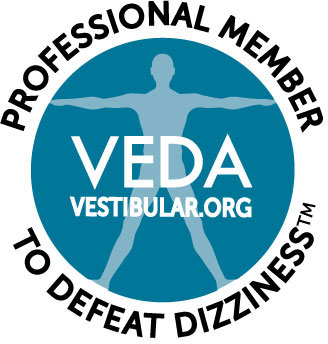As children grow into their bodies and learn how to navigate the world around them, there’s going to be a certain amount of stumbling and bumbling. But if your child’s clumsiness becomes excessive or you notice other signs of trouble, such as nausea, frequent headaches or learning disabilities, your child may be suffering from more than normal childhood awkwardness: they may have binocular vision dysfunction (BVD).

Warning Signs of BVD
The majority of parents have never heard of BVD, which is essentially a misalignment of the eyes. Many aren’t aware that seemingly innocuous actions – such as bumping into door frames or getting carsick – can be signs that their child is struggling with this condition. If you notice that your child is displaying any of the symptoms listed below on a regular basis, it’s important to get him or her evaluated at the Neuro Visual Center of New York as soon as possible.
Physical Pain
- Facial pain, frequent headaches or migraines
- Eyes that ache constantly or hurt when moving
- Stiffness or pain in the neck, or pain in the upper back
- Stomachaches and nausea
Lack of Coordination
- Regularly bumping into furniture, doorways and other people when walking
- Difficulty catching balls or frisbees
- Displaying general klutziness
Vision Problems
- Experiencing double vision symptoms (seeing two of everything)
- Sensitivity to bright lights
- Skipping lines or losing their place when reading
- Covering or closing one eye in order to see better
- Getting blurred vision or tiring easily when reading, working on the computer or looking at a chalkboard
Social Concerns
- Being unusually clingy with mom and dad, especially in large buildings with open ceilings, such as malls and grocery stores
- Exhibiting signs of anxiety or nervousness
- Frequently playing alone or away from the main group with just a few other kids
Motion Issues
- Experiencing sickness or nausea on swings or the merry-go-round
- Having trouble reading in the car
- Getting carsick
Learning Problems
- Having to read something multiple times in order to understand it
- A learning disability, such as dyslexia
- A neurobehavioral condition, such as ADD or ADHD
- Displaying verbal skills that are far ahead of reading skills
As you can see, there are a myriad of symptoms to look out for when it comes to BVD. There is a possibility that these symptoms could be caused by some other issue, but if they’re caused by BVD, many of these problems could go away with a simple pair of prismatic lenses. To get a neurovisual exam scheduled for your child, give the Neuro Visual Center of New York a call today at (516) 224-4888. We can help your child get his life back!





